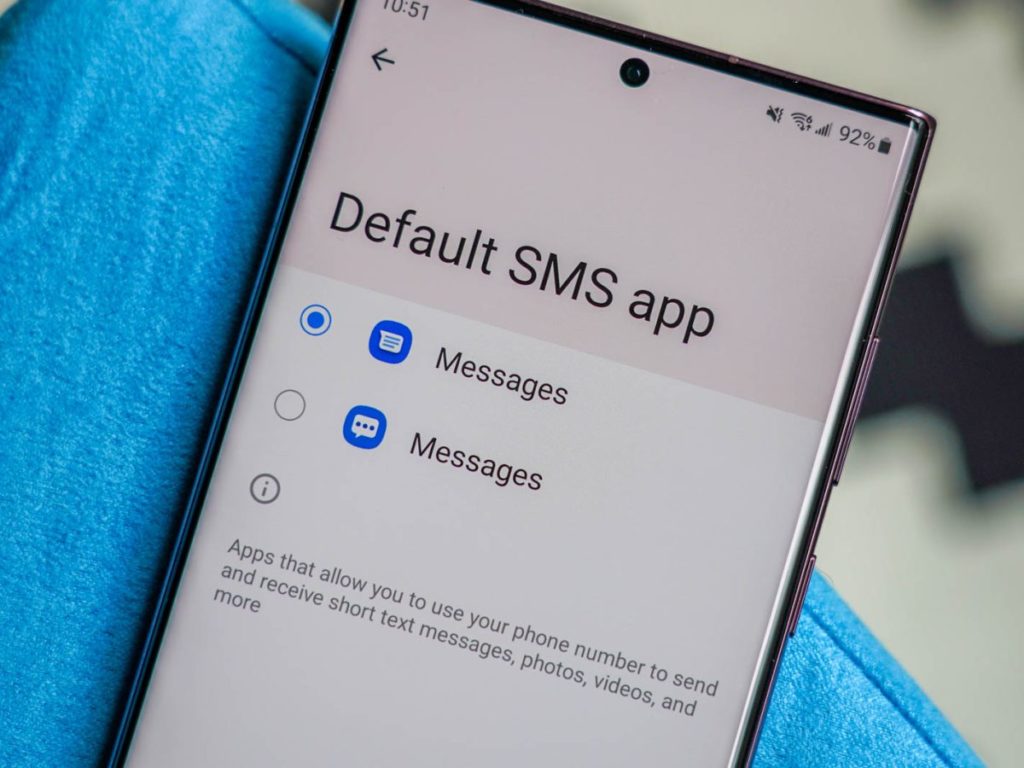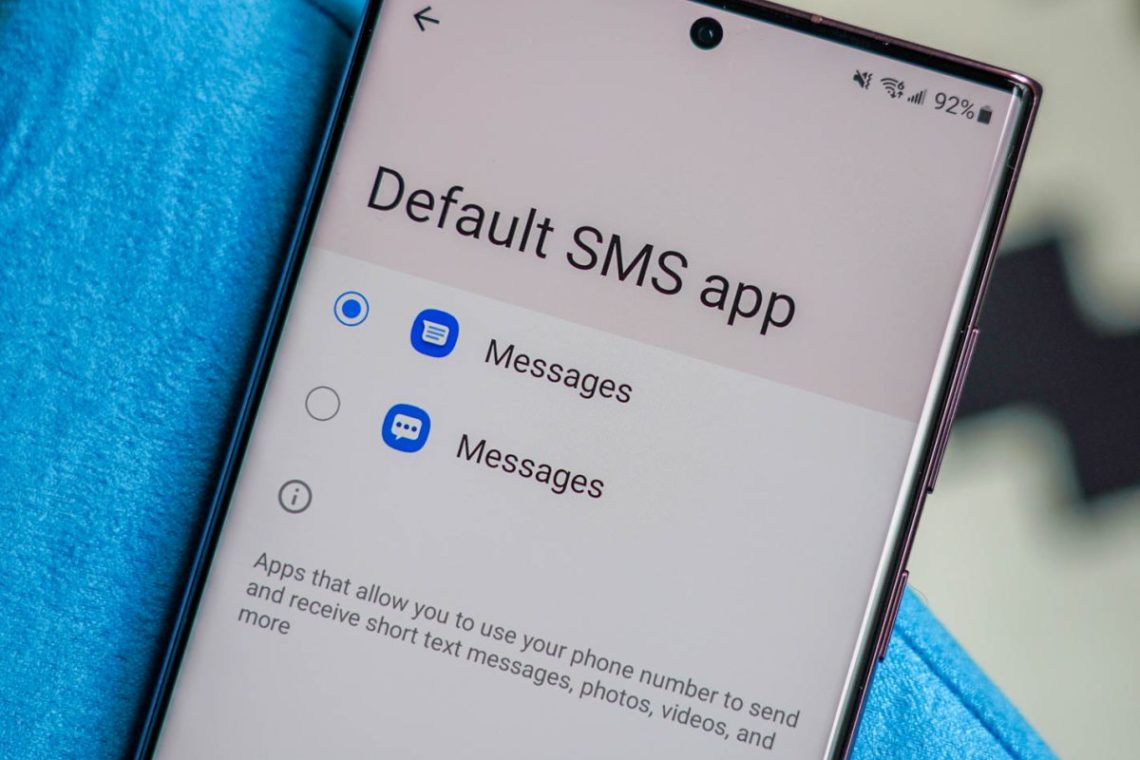
In app messaging is a highly effective way to engage with your users and keep them coming back. It’s a crucial part of any successful mobile marketing strategy and can be used to share promotions, sales, offers, new features, and more. In addition, it can also be used for more personal interactions, like customer service.
Sending in-app messages is a great way to connect with your customers and show them that you appreciate their business. Here’s how to do it the right way:
1) Identify Your Purpose – Before sending an in-app message, you should identify why you want to send one in the first place. Are you informing users about a new feature? Inviting them to your event? Maybe introducing them to a special offer? Knowing the purpose of your in-app message will help you craft an effective message that resonates with users.
2) Craft the Content – Once you’ve identified the purpose of your message, create engaging content that will capture your users’ attention. Make sure to include an interesting headline that reflects the purpose of your message, as well as eye-catching visuals like photographs or videos. Also make sure that the content is concise and on-point – nobody wants to read through a long wall of text!
3) Test Your Message – Before hitting “Send” on your in-app message campaign, it’s important to test it out beforehand. This way, you can make sure the content looks good from all angles and will display properly when it goes out. It’s also important for usability purposes; by testing out the message before sending it out, you can potentially identify any flaws or issues with usability so that they can be addressed prior to sending it out!
4) Choose Your Audience – Once you’ve tested out the message content, choose who will receive it by selecting target audiences within your app. This could be based on factors such as age group or location. You could also use segmentation tools such as A/B testing or personalization algorithms to further tailor your audiences and make sure they receive relevant messages every time!
5) Schedule & Send – When all preparations are done and dusted for launching an in-app messaging campaign simply schedule it for delivery at a day/time when desired audience would probably be using their phones that instance most likely ending into better conversions & results through this approach too alongside making user action driven interactions since day #1 along with quality user experience overall!
With these simple steps, you can start sending successful in-app messages! Just remember – always keep user engagement in mind when crafting messages; make sure they offer something valuable or informative so they stay engaged in what you have sent them!
